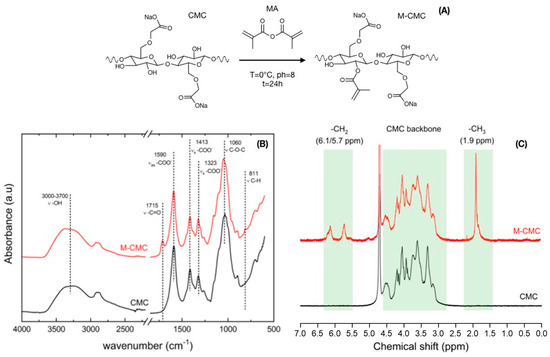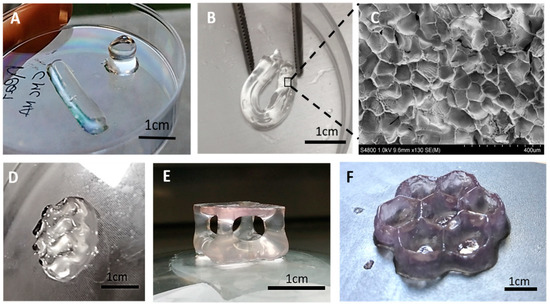China3D printingResearchers from Italy and Sweden have added new dynamism to the trend of continuously improving bioprinting techniques and materials.in development for3D printingBio-based photocurable materials and bioprinting with hydrogels, the authors in “DLP 3D printing meets lignocellulosic biopolymers: carboxymethylcellulose inks for 3D biocompatible hydrogels” Research details released.
Modified carboxymethyl cellulose is the focus of this experiment for bioprinting by digital light processing (DLP). Although more commonly used as a filler, cellulose has been used in other inks. Starting with the study of lignocellulosic biopolymers, the authors explain that they offer several options for DLP printing, while carboxymethyl cellulose (CMC) is commonly used in food, paint and detergents. Therefore, it is a sustainable material with special uses in bioprinting.
FDA-approved, biocompatible, water-soluble, and versatile, CMCs are considered “ideal for the preparation of new light-curable resins for DLP.” These types of formulations can also mimic the cellular microenvironment because they interact with Glycosaminoglycans found in the extracellular matrix are similar.
“Due to its versatility, superior performance, water solubility, and susceptibility to further functionalization, we also expect that CMC will be an ideal candidate for the preparation of novel photocurable resins for DLP,” the authors explained. “However, using light-assisted printing The technology requires reactive photocrosslinkable functional groups, which means that CMCs need to be functionalized to produce ink formulations for 3D photocurable hydrogel production.
Therefore, CMC was methacrylated and its opto-rheology and DLP printability were investigated in two formulations in the presence of a fixed amount of phenyllithium 2,4, the modified Eagle of M-CMC/Dulbecco medium (DMEM) and M-CMC/water. , 6-trimethylbenzoylphosphinate (LAP) photoinitiator. “

(A) Methacrylation scheme of carboxymethyl cellulose (CMC). The proposed product represents only one possible reaction product. (B) FTIR and (C) 1H NMR spectra of methacrylated CMC (M-CMC, red) and pure CMC (CMC, black).
During the evaluation, the authors also investigated the compatibility of the hydrogel with M-CMC after solubilization in culture medium (DMEM). The rheological properties (storage modulus G’ and loss modulus G”) of CMC/DMEM/LAP and M-CMC/water/LAP were evaluated during UV curing:
“Although the formulation M-CMC/DMEM/LAP exhibited a slight delay relative to the onset of the curing process, the DMEM medium still allowed sufficient light penetration for the photocuring process considering 3D printing,” the researchers said.
Both CMC/DMEM/LAP and M-CMC/water/LAP formulations proved to be stable after 90 s of UV exposure. The hydrogel is made from two formulations and is considered “extremely promising” compared to other DLP biocompatible materials.

(A) 20 mg/ml (2 wt% lithium phenyl-2,4,6-trimethylbenzoylphosphinate (LAP) formazan in water (black) or medium (pink) Photorheological properties of acrylated carboxymethyl cellulose (M-CMC). (B) Gel point. The film thickness is 300 m. (C) Frequency sweep. The strain rate is 1% and the oscillation frequency is 0.01 to 10 Hz.
The researchers created a variety of 3D printed samples, including cylinders, parallelepipeds, and other complex structures, all derived from M-CMC/DMEM/LAP and M-CMC/water/LAP formulations. In further evaluation, the hydrogels were stable, flexible, and completed the photocrosslinking reaction. Although dyes can help limit the diffusion of light, there is also a risk of cytotoxicity, so the authors avoided this use in this study.

3D printed M-CMC hydrogel. (A) Simple cylinder and parallelepiped (solvent: water). (B) The hydrogel exhibits good flexibility and maneuverability. (C) SEM analysis of the lyophilized hydrogel. (D


0 Comments for “Bioprinting of Biocompatible Hydrogels Based on Cellulose Ink”